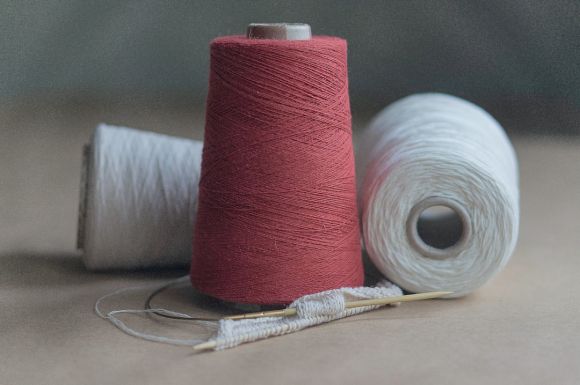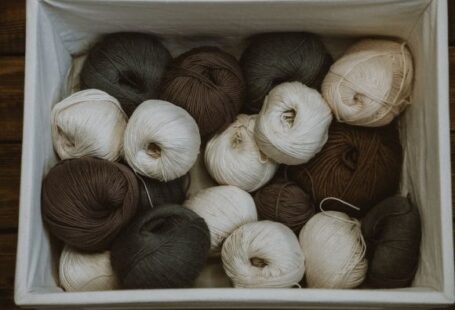When it comes to selecting the perfect yarn for your summertime knitting projects, there are a plethora of options to choose from. However, two plant-based fibers that stand out are cotton and linen. Both of these fibers have unique qualities that make them ideal for warm weather knitting. In this article, we will compare cotton and linen yarn, exploring their characteristics, benefits, and potential drawbacks. So, let’s dive into the world of plant-based fibers and discover which one is the best fit for your summertime knits.
The Cool and Breathable Cotton Yarn
Cotton yarn is a classic choice for summertime knitting. It is widely known for its breathability and ability to keep you cool in hot weather. Cotton fibers have a natural moisture-wicking property, making them ideal for garments that are meant to be worn in humid conditions. Additionally, cotton yarn is soft and smooth, providing a comfortable feel against the skin.
One of the key advantages of cotton yarn is its versatility. It can be used to create a wide range of projects, from lightweight tops and dresses to baby blankets and accessories. Cotton also holds its shape well, ensuring that your knitted items will maintain their form even after multiple wears and washes.
However, cotton yarn does have a few potential drawbacks. It tends to stretch, so it is important to take this into account when selecting a pattern and determining your gauge. Additionally, cotton can be a bit heavy, especially when compared to other plant-based fibers. This is something to consider if you are looking for a lightweight and airy fabric for your summer knits.
The Rustic and Textured Linen Yarn
Linen yarn is another excellent option for summertime knitting. It is prized for its rustic and textured appearance, which adds a unique charm to any project. Linen fibers are known for their strength and durability, making linen knits long-lasting and able to withstand frequent use.
One of the standout qualities of linen yarn is its exceptional breathability. Linen fabric allows air to flow freely, keeping you cool and comfortable even on the hottest days. It also has natural moisture-absorbing properties, making it a fantastic choice for summer garments.
Linen yarn is particularly suitable for creating lightweight and flowy garments. Its drape and ability to hold its shape make it perfect for breezy tops, dresses, and shawls. However, it is worth noting that linen can be a bit stiff and rough when first knitted. With wear and washing, it softens and becomes more supple, resulting in a beautifully worn-in texture.
Choosing the Right Yarn for Your Project
When deciding between cotton and linen yarn for your summertime knits, there are a few factors to consider. Firstly, think about the type of garment or accessory you want to create. If you are looking for something lightweight and flowy, linen yarn might be the better choice. On the other hand, if you prefer a softer and smoother fabric, cotton yarn could be the way to go.
Next, consider the climate in which you will be wearing your knits. If you live in a particularly hot and humid area, linen yarn’s superior breathability and moisture-wicking properties might be more suitable. However, if you prefer a bit more structure and weight to your knitted items, cotton yarn might be the better option.
Lastly, take into account your personal preferences and knitting experience. If you enjoy working with a yarn that softens over time and has a rustic appeal, linen yarn might be the perfect fit. On the other hand, if you prefer a yarn that is soft and smooth from the start, cotton yarn could be the more appealing choice.
In Conclusion: Making Your Decision
In the end, the choice between cotton and linen yarn for your summertime knits comes down to personal preference and the specific qualities you are looking for in a yarn. Both cotton and linen have their unique benefits and drawbacks, making them suitable for different types of projects and climates.
If you prioritize breathability and moisture-wicking properties, linen yarn might be the ideal choice for you. Its rustic texture and ability to create lightweight garments make it a popular option for summer knits. On the other hand, if you prefer a softer and smoother fabric, cotton yarn offers a comfortable and versatile option.
Ultimately, it is up to you to decide which fiber aligns best with your knitting goals and preferences. So, grab your needles, choose your yarn, and embark on a summertime knitting adventure that is sure to result in beautiful and wearable creations.





